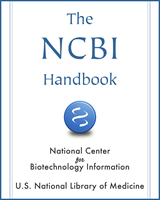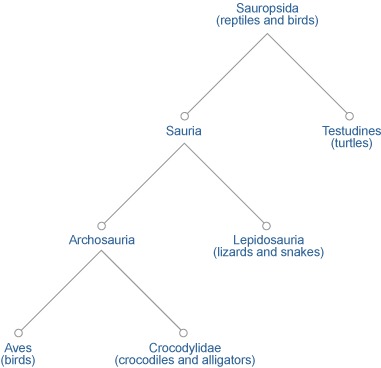From: Chapter 4, The Taxonomy Project

NCBI Bookshelf. A service of the National Library of Medicine, National Institutes of Health.

If two organisms (A and B) are listed more closely together in the taxonomy than either is to organism C, the assertion is that C diverged from the lineage leading to A+B earlier in evolutionary history, and that A and B share a common ancestor that is not in the direct line of evolutionary descent to species C. For example, the current consensus it that the closest living relatives of the birds are the crocodiles; therefore, our classification does not include the familiar taxon Reptilia (turtles, lizards and snakes, and crocodiles), which excludes the birds, and would break the phylogenetic principle outlined above.
From: Chapter 4, The Taxonomy Project

NCBI Bookshelf. A service of the National Library of Medicine, National Institutes of Health.